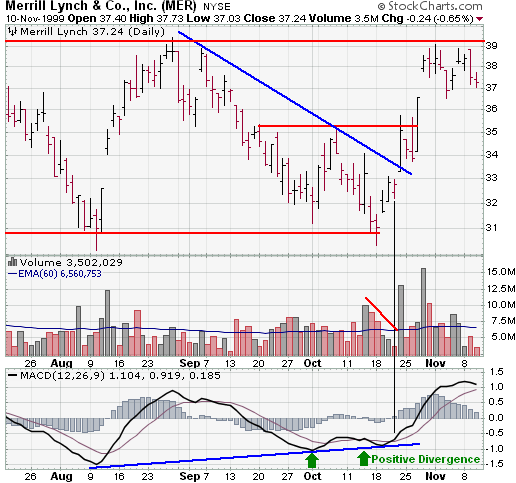Technical indicators
Post on: 16 Март, 2015 No Comment

As the name suggests, Technical Indicators are used to indicate trends and possible turning points in stock prices. These are the tools used by Technical Analysts to predict cycles, and to predict when is the best time to buy or sell a stock or option.
Technical Indicators are calculated based on a particular stock or derivative’s price pattern. Data such as opening price. closing price. highs. lows. as well as the volume. are used to create the many technical indicators out there.
The indicators generally take the stock’s price data from the last few periods (for example the last 30 days). They use that data to create a trend or chart to indicate what has been happening to the stock, and hopefully predict what may happen in the future.
Technical Indicators are used to indicate trends and predict future stock price movement. They are based on the stock’s price data. usually from recent periods .
There are two main types of indicators: Leading Indicators and Lagging Indicators .
Lagging Indicators are indicators which follow the stock’s price pattern, hence the name Lagging Indicators. Since they are based on past data, they are good in showing whether a trend is developing, or whether at stock is in a trading range (ie. trading sideways). For example, lagging indicators can show that a stock has developed a very strong downtrend, and is therefore likely to continue falling.
On the other hand, Lagging Indicators are not good when predicting future rallies or pullbacks. They can show what trends have developed until the current point, but are not able to predict the next few days’ movement.
Examples of Lagging Indicators include trending indicators such as the Moving Average, MACD and ADX indicators, which we will be covering later on.
Lagging Indicators are good in showing the trends that have developed, but are not good in predicting future price movement.
On the other hand, Leading Indicators. as the name implies, are better at predicting possible future price rallies and crashes. Most Leading Indicators are momentum indicators, gauging the momentum of a stock price’s movements.
Imagine a football we are throwing up in the air. Common sense indicates that the football cannot keep going higher forever. We might not know how high it will go, but we do know that once its upward speed starts to slow down, it will soon stop going up and start falling down again. That is the basis of momentum indicators.
Leading Indicators are good at telling us whether a stock’s price has gone too high up or too far down, and whether there is a slowdown in price movement. If the stock’s price has gone too high up, we say that the stock is now overbought. If the price has gone too far down, we say it is oversold. In either case, the leading indicators will show that the stock will not remain overbought or oversold for long. A pullback is imminent.
Examples of Leading Indicators include the RSI which we will cover later, as well as other momentum indicators.
Leading Indicators include momentum indicators that can predict if a stock is overbought or oversold. and thus can predict pullbacks in the near future.
Both Leading and Lagging Indicators are equally important. We need to know both the trends that are developing as well as possible slowdowns and price pullbacks.
In fact, investors are advised not to base their decisions on just one indicator. After all, no indicator is perfect. All indicators can produce false signals from time to time. Therefore, it is recommended that investors take 2 or 3 indicators they are comfortable with, and base their decisions on them (ie. only buy when all 3 indicators tell you to buy).
There are hundreds of indicators in use at the moment. In fact, any high-profile stock market guru will most likely have developed his own indicator to predict the market. However, in this guide we will only cover 5 indicators, which are based on different data and serve different functions.
In doing so we hope to expose you to the various types of indicators out there, and enable you to choose which type of indicator you are more comfortable with.














